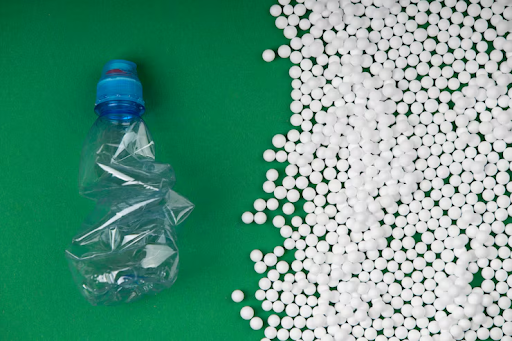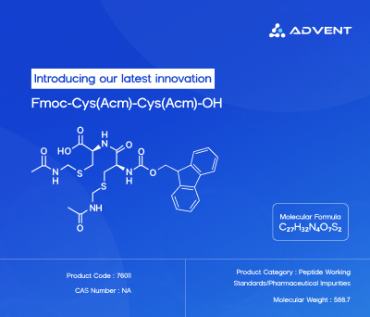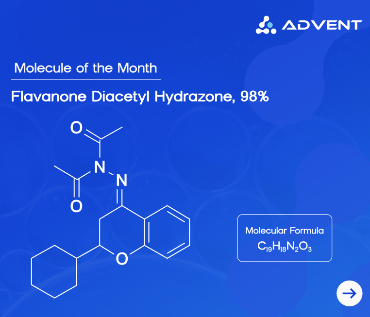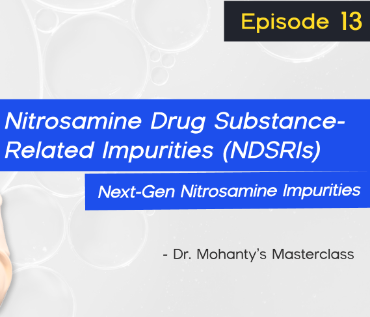Imagine a molecule so versatile that it quietly shapes the world around you—without ever stealing the spotlight. That’s acetaldehyde. It’s the unsung chemical hero behind everything from glossy paints and fragrant perfumes to life-saving vitamins and durable plastics.
But acetaldehyde isn’t just any chemical—it’s a master of transformation, produced through sophisticated industrial processes that turn simple raw materials into something extraordinary. And when purity can make or break a product, companies like Advent ensure this molecule meets the highest standards.
Let me take you on a journey into the world of acetaldehyde, showing how this humble chemical steps in to play a starring role in transforming raw materials into essential products.
The Versatile Starting Point
Acetaldehyde (CH₃CHO) is a reactive molecule with a carbonyl group, making it a key player in many chemical reactions. Produced industrially from ethanol or ethylene, it serves as a foundational building block for numerous compounds.
From Acetaldehyde to Acetic Acid
One of acetaldehyde’s most important transformations is its oxidation into acetic acid, a critical chemical in many industries. This is the oxidation reaction of acetic acid:
CH3CHO+12O2→CH3COOH
Acetic acid itself is a major ingredient in solvents, plastics, and textiles.
Further, acetic acid can be converted into acetic anhydride—a key reagent in making cellulose acetate for photographic film and plastics:
2CH3COOH→(CH3CO)2O+H2O2
Building Resins and Plastics
Acetaldehyde is also involved in synthesizing pentaerythritol (C₅H₁₂O₄), used extensively in paints, varnishes, and synthetic lubricants. The process involves the condensation of acetaldehyde with formaldehyde:
2CH3CHO+2HCHO→C5H12O42
Pentaerythritol is the backbone of alkyd resins, which provide durability and flexibility to coatings and plastics.
Pharmaceutical Pathways
In pharmaceuticals, acetaldehyde is a crucial precursor in the synthesis of Vitamin B1 (thiamine) and sedatives. Its purity is paramount here, as impurities could affect the efficacy and safety of medicines.
One key reaction involves acetaldehyde condensing with other compounds to build complex molecules essential in drug synthesis.
Adding Flavor and Fragrance
Though highly reactive, acetaldehyde is used in controlled quantities as a flavoring agent. It adds fruity and almond-like aromas to foods and beverages. Its presence in perfumes helps create fresh, aldehydic notes, contributing to sophisticated scents.
The Unsung Chemical Hero
Acetaldehyde might be small and reactive, but it’s mighty in its contributions. From oxidizing into acetic acid to forming complex molecules in pharmaceuticals and plastics, it plays a foundational role.
Thanks to companies like Advent, providing high-purity acetaldehyde (93001, 98343), industries can rely on a consistent, safe supply—fueling innovation in countless fields.
Next time you admire a glossy finish, take a vitamin, or enjoy a delicate fragrance, remember the chemistry of acetaldehyde quietly at work behind the scenes.




